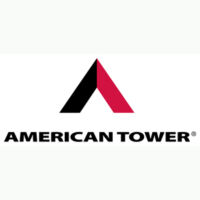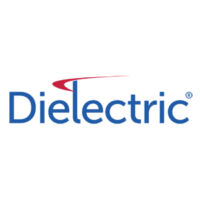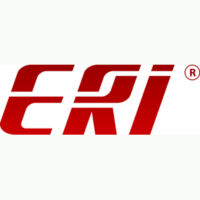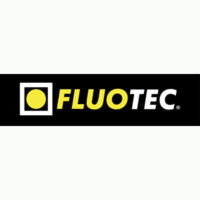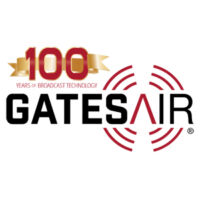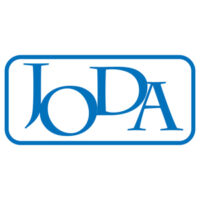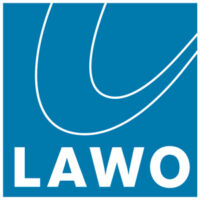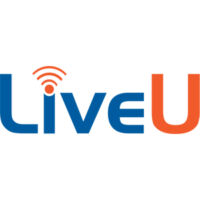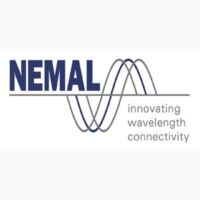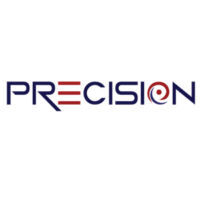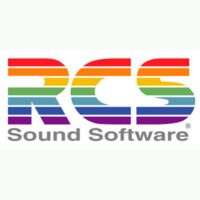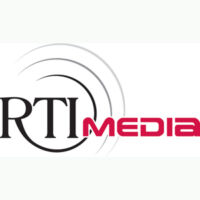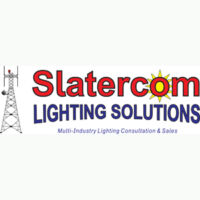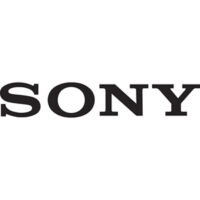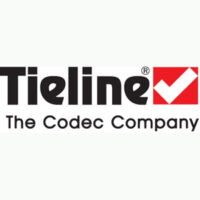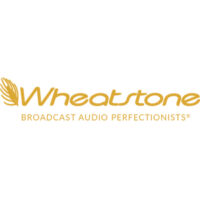Location: Madison Marriott West
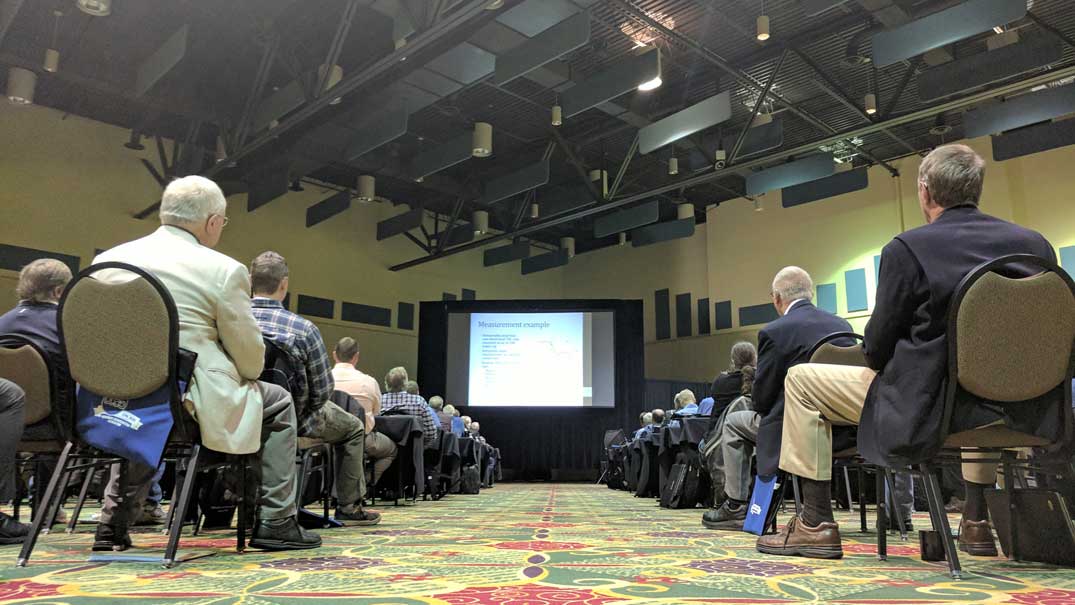
Come to the 2024 Midwest Regional Broadcasters Clinic! Sept. 10-11, 2024Madison Marriott West Early Bird Attendee Discount Available through July 12 Hotel deadline is Aug. 19 Exclusive Exhibitor Time: Tuesday from 4-7 p.m. and Wednesday from 10:15 a.m. to 1:30…
- Program
- Speakers
- Hotel
- Exhibitors
- Sponsors

Come to the 2024 Midwest Regional Broadcasters Clinic!
Sept. 10-11, 2024
Madison Marriott West

Early Bird Attendee Discount Available through July 12
Hotel deadline is Aug. 19
Exclusive Exhibitor Time: Tuesday from 4-7 p.m. and Wednesday from 10:15 a.m. to 1:30 p.m.
Schedule
Monday, Sept. 9
Evening reception. Marriott Atrium. Details coming soon.
Tuesday, Sept. 10
8:30 a.m.
Combined Session
Announcement coming soon!
9:15 a.m.
Radio Session (Superior)
Why Worry About Your Air Chain?

Over the past several years, Mike has reviewed AM and FM air chains, in large and small markets, and has found a plethora of problems. Not only do these problems negatively impact audio quality, they can affect Nielsen PPM encodability! — Air chains inevitably degrade over time, and there are many reasons. Equipment, formats, and other conditions change. Analog to digital conversions (or digital to analog) happen. “Stuff” may have been added to the air chain over the years, and you might not even be aware of its existence. — PPM encoding and EAS may have been inserted in less-than-ideal locations, and there’s also the issue of mic processing, mic selection and, of course, board operators. “But,” you say, “the air chain is working, so why should I worry about it? — I’ve found some interesting problems over the years, and many are quite humorous. This talk will address locating the problems, plan to resolve the problems and the actual resolution.
9:15 a.m.
TV Session (Mendota/Geneva)
SMPTE 2110: The Good, The Bad, and The Ugly

This presentation explores SMPTE 2110, a groundbreaking standard reshaping broadcasting. It outlines the benefits driving its adoption, such as enhanced flexibility and interoperability. However, it also addresses the challenges broadcasters face, from infrastructure complexities to interoperability hurdles. Drawing from real-world experiences, the talk reveals hidden intricacies and “dirty little secrets” encountered in implementing 2110 environments, offering practical insights for success.
10 a.m.
Radio Session (Superior)
Achieving Signal Alignment for FM and HD SFN Across Wide Area IP Networks
10 a.m.
TV Session (Mendota/Geneva)
What’s Up and What’s New with ATSC

ATSC 3.0 is growing faster than you think. Since the beginning of 2022, deployment grew by another 50 percent to reach more than 60 percent of US households, including many Top Nielsen DMA Regions. Are you up to date on the latest trends in both ATSC1 and ATSC3? From Virtual Channel, SDR to HDR, DRM, PSIP Fetch and Rebranding, workflow consolidations, as well as utilizing Cloud Native solutions for more agility and flexibility, let’s discuss creative ways to elevate your broadcast strategy and obtain the key to success.
10:45 a.m. Break
11 a.m.
Radio Session (Superior)
AI in Radio 2024 – Demonstration

Last year generative AI was the new kid on the block, making interesting sentences from minimal human input, sometimes laced with an occasional hallucination. Around the same time, radio production folks started playing with what generating synthetic voices might creatively bring. – – Now stations are actually using generative AI to both create content ranging from copy to on-air voices for occasional ads or promos. Some are even working with pure computer-generated hosts, on the air. What’s the latest in this fast-changing space? Who’s doing what? What seems to be working? What does all this mean for radio’s future? — We’ll talk about that, and a little about the history of AI, and how it first became a powerful tool for automated closed captioning in broadcast via speech to text algorithms. Then we’ll jump ahead to what generative AI is, how it works and hear some real-world examples from today, and play with making some of our own AI-generated text and voices during a live demo. The audience should gain a stronger understanding of the benefits and challenges of generative AI in its many forms, and therefore how to prepare for its use.
11 a.m.
TV Session (Mendota/Geneva)
Announcement coming soon!
11:45 a.m.
Radio Session (Superior)
A New Approach to the Design of FM Bandpass Filters for IM Product Suppression and FM Channel Combining

With the increasing congestion of the FM band with new FM translators and the potential for new interference with the FCC considering approval of zone casting, new requirements for output filtering for full-service FM stations and FM translators and boosters have been created. This paper will explore the requirements of these passive components for IM suppression and channel combining and present a new design that provides a much more compact configuration for these increasingly important components of the FM broadcast air chain.
11:45 a.m.
TV Session (Mendota/Geneva)
Why I’m 100% Onboard with NextGen TV
12:30 p.m.
Combined Lunch Session (Superior)
Amber Alert Panel
1:30 p.m.
Radio Session (Superior)
Network Analysis of Transmission Systems
A disaster affecting your automation system? In most cases, it’s not a matter of if, but when. A roundtable discussion on how to plan for, and recover from, disasters of all types. We’ll talk about the best practices for backups, equipment security, and restoration of operations.
1:30 p.m.
TV Session (Mendota/Geneva)
Vibration and Fatigue Criteria in the Design of Television Transmission Antennas

It is expected that a fatigue and vibration assessment will become part of the required criteria used to design television transmission antennas. The presentation of an analysis of representative single top mounted UHF/VHF pylon style antenna designs using the approach currently found in CSA-S37-18 Annex N [1]. The key design details examined are the slotted areas, holes, and the base flange/base flange attachment. These results for vibration and fatigue are compared with those using the current strength-based approach to show the effects on antenna design in terms of the diameters and lengths, as well as the types of materials and types of details allowed.
2 p.m.
TV Session (Mendota/Geneva)
Media Over IP in the Cloud
A disaster affecting your automation system? In most cases, it’s not a matter of if, but when. A roundtable discussion on how to plan for, and recover from, disasters of all types. We’ll talk about the best practices for backups, equipment security, and restoration of operations.
2:15 p.m.
Radio Session (Superior)
Panel: Automation Systems: Disaster Planning and Recovery
2:30 p.m.
TV Session (Mendota/Geneva)
UltraHD Now!
3 p.m. Break
3:15 p.m.
Combined Session (Superior)
FAA Standards for Broadcast Towers and advantages of LED Lighting
4 p.m.
Reception and Exclusive Exhibitor Time
7 p.m.
Nuts and Bolts
What Were They Thinking?
Wednesday, Sept. 11
All sessions combined in Superior
8 a.m.
Site Safety
8:45 a.m.
Integrating Legacy Transmitters and Other Equipment into a Modern Broadcast Infrastructure

The modern broadcast infrastructure is often more IT based than not. In this presentation Tim will review methods he has implemented at the Cumulus Media Chicago facilities to bring 30 plus year old equipment up to a level that monitoring and control can be done with IP. We will review both commercially available and custom solutions that are or can be implemented.
9:30 a.m.
Critical Backup Power Solutions

Presentation will focus on backup power specific to the broadcast industry such as UPS systems and backup generator power. We will cover the newest product introductions over last couple years including equipment utilizing lithium ion batteries, sodium ion, and nickel zinc technologies for extended lifecycles. We will answer just about any questions related to facility design for power, specialize docking stations for maintenance, reliability/redundancy, and expandable solutions for future growth.
10:15 a.m.
Lunch/Prizes/Exclusive Exhibitor Time
1:30 p.m.
Announcement coming soon
2:15 p.m.
Physical Security and Access Control at Tower Sites

In this session, we will explore new ways of securing and monitoring remote broadcast facilities with modern access control and physical security technology. While lock boxes and padlocks have traditionally been used to control access to tower and transmitter sites, they offer none of the advanced features that modern systems can provide. As telecommunications sites across the country continue to be hit with copper theft and vandalism, more security measures are needed at remote broadcast tower/transmitter sites. In the past, it might have been cost-prohibitive to install robust physical security systems at small, remote broadcast sites; however, with the advancement of cloud-based access control, coupled with the development of broadband infrastructure, the investment and cost of ownership for these systems has decreased, while their feasibility and simplicity has increased. In partnership with Motorola, Joda Media is integrating Motorola’s new cloud-based security suite at telecommunications sites around the country, and we’ll be demonstrating a fully functional system on a model door. We will explore various options available to enhance security at remote broadcast sites, including a variety of systems and components from different manufacturers.
3 p.m.
Break
3:15 p.m.
Roundtable: Succession Planning
Led by:

A critical concern to everyone in this industry is: “Who will be the next person to fill this job?” The very livelihood and future of our businesses depends on answering that key question. This interactive session will explore participants’ experience with planning to fill critical positions at a media/broadcast company. Best practices, ideas, thoughts, fears, and concerns are all part of the discussion you will have with your colleagues in the industry. Come prepared to share what you know and what is on your mind in this engaging session. Fear not! We are all in this together.
4 p.m. SBE Meeting – Greenway Room
A UHF repeater available for use during the Midwest Regional Broadcasters Clinic. The N9BDR repeater frequency is 444.375 MHz, with a PL of 123.0. All amateur operators are welcome. Please keep in mind that if there is severe weather, you should clear the repeater and let that traffic have priority. A special thanks to Ralph Pellegrini, N9BDR, for the use of his system.
Financial Assistance Available
The Don Borchert Broadcasters Clinic Fellowship honors the founder of the conference and will provide all expenses to attend the Clinic. The program is possible through the financial support of all four Wisconsin SBE Chapters and the WBA. Applications are now being accepted for the 2024 Broadcasters Clinic Conference.
Bios to come
The special 2024 Broadcasters Clinic rate at Madison Marriott West is $153/night. The deadline to book is Aug. 19. Book Here
